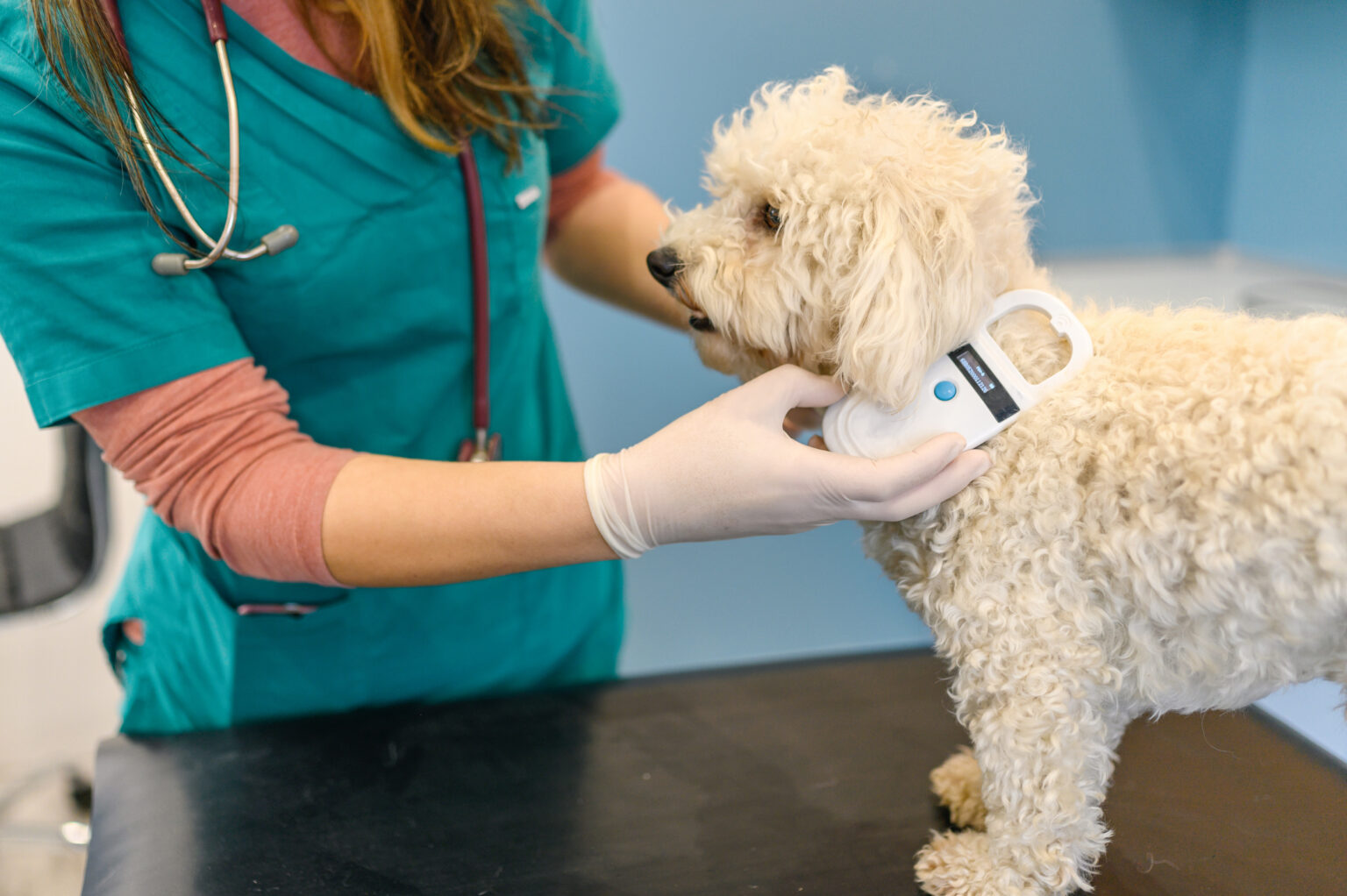In England, microchipping is a legal requirement for all dogs over eight weeks old and all cats over 20 weeks old. Good for you and your furry friend, microchipping is when you implant a chip in your pet so that they can be identified when lost. Here’s a quick guide about the processes and law regarding microchipping.
What is microchipping?
A microchip is a tiny electronic device (about the same size as a grain of rice), that’s implanted under your pet’s skin. It is designed to last the lifetime of your pet, and it’s also very safe.
Every chip has a unique 15-digit number stored within it, which can be read from close range using a special scanner. These are held by all veterinary surgeries, dog wardens, rescue centres and most police stations.
Why alternatives don’t always work
Although no one likes to think of their pet getting lost or stolen, unfortunately, it does happen, as every year, thousands of pets go missing.
Collar identification tags are a legal requirement for dogs, but they can easily be removed, fall off, or break. For cats, microchipping is also a safer identification method than collars, which can become caught on objects such as fences and branches, risking injury.
Who can implant a microchip?
Many pets can be microchipped, including dogs, cats, rabbits, horses, and reptiles. These must be fit by a trained professional at your vet surgery, local council or animal rescue centre, where they will normally charge a fee for implanting the chip on your behalf.
It’s essential to contact your microchipping company should any of your details change. For example, if you change phone number, move home, or if you’ve lost or rehomed your pet.
When would you need a microchip?
Microchipping greatly increases the chance of a lost pet being reunited safely with their owner. If a pet is stolen and recovered by authorities, a microchip might be the only means to identify and contact the owner.
All puppies must legally be microchipped and registered by eight weeks old. The registration details will need to be changed once you collect your new puppy. This is the same for rescue dogs whose microchip may be in the previous keeper’s name.
When it comes to cats, all cats in England, unless feral, must be microchipped and registered by the time they are 20 weeks old, including indoor cats.
If your dog or cat is found without a microchip, you could be fined up to £500.
How can microchips work with pet doors and cat flaps?
Microchips can also help to control animals coming in and out of your house. Sometimes strays love to, well, stray in. And microchip pet doors and cat flaps will read your pet’s microchip and only unlock when the right pet approaches it, keeping intruding animals out. This can also be helpful if you have multiple pets with different needs. Some pet doors, such as the SureFlap Microchip Pet Door Connect, even allow you to set curfew times.
What about microchip feeders?
Similarly to microchip pet doors, microchip pet feeders only open for the right pet. So it’s no wonder they are popular in multi-pet homes! Thanks to their microchip reading technology, you can keep different animals on special diets, manage your pet’s weight better, and stop a cheeky cat or dog from stealing other pets’ food.



